Integrated Management System: A useful approach for managing and ensuring your chemical compliance
A management system is a framework of policies, processes and procedures used to manage the interrelated parts of a business in order to achieve its objectives. A Management System can address a single discipline e.g. Environment Management (ISO 13485), whereas an Integrated Management System (IMS) integrates all the organisation's ISO management systems into a centralised framework.
A critical part of an IMS is maintenance of a compliance obligations register. For the chemical industry, one of the most important, comprehensive and challenging regulations to comply with is EU REACH. Its implementation had far-reaching consequences for supply chains at both an EU and an international level.
Since EU REACH’s enactment, many other regions worldwide (e.g. Korea, UK, Turkey and others) have introduced legislation aiming to assess the risk of chemicals produced or imported above certain thresholds. Others (e.g. US, Canada, China and Japan) have existing laws which pre-date EU REACH, and tend to focus on chemicals that are new to these markets. There are also a growing number of chemical laws being actively discussed in Emerging Markets (e.g. India, Russia, Brazil, SE Asia etc.).
The ripple effects of REACH-like regulations can be felt across the whole organisation (procurement, quality, EH&S, marketing and sales) and supply chain. Internal factors (such as changes in company structure) and external factors (such as changes to supply chains or to the legislation) can rapidly cause non-compliance unless robust systems to monitor and respond to changes are in place. Compliance means guaranteeing a place and staying on the market, and it is an ongoing practice rather than a one-time procedure.
In this challenging regulatory landscape, employing a proactive approach to management is the key for your corporate success. This doesn’t just mean evaluating the current compliance status of your organisation, but takes a more forward-looking approach to regulatory changes on the horizon, which could affect your organisation's products. And this is where “Integrated Management Systems” come into play.
Plan – Do – Check – Act (PDCA) cycle and chemical management
The Plan-Do-Check-Act (PDCA) cycle is an important concept used to manage company risks and opportunities and to drive continual improvement. The requirements of the ISO standards (such as ISO 14001 and 9001) follow this cycle in order.
Thus, the PDCA is a simple but effective framework that can be used to manage chemical compliance obligations in an organisation.
And naturally, the implementation of an IMS is only possible through a clear and multi-faceted method. For rewarding and long-lasting outcomes in terms of time, resources, cost and social/environmental responsibility, the Plan–Do–Check–Act (PDCA) cycle has proven to be a well-received method for businesses who engage in chemicals in a variety of ways to employ and implement an integrated management system.
Step 1: Plan (your chemical compliance)
In this phase, you may first want to understand what will be the best company-wide approach to address compliance issues by analysing your company’s strengths and where it falls short. A concise guide to determine which regulations and deadlines apply to your circumstances will be quite useful in this phase so that you can map your obligations and have a deeper understanding of the potential resources you will need to create.
Step 2: Do (the preliminary work and execute the plan)
Your substances come into play in this stage. Make sure that they are in scope and prepare lists for each country and its relevant chemical regulations. Product information has vital importance for effective management, so you may want to make use of a software system to be able to do this properly. Data requirements should be taken into account, and a comprehensive case study with the existing data should be conducted before the delivery of the plan. Execution of the plan brings about more challenges but many of them are easily manageable when you have a clear-cut plan at hand.
Step 3: Check the process
The Check step is all about monitoring the processes and plans in action as part of your company’s regulatory management plan. This phase has the potential to reveal the shortcomings of your plan if any. Audits are also part of the Check step, and should be carefully planned, conducted and properly reported. Inspections in this phase help companies define their expectations, make the right preparations, analyse the penalties in case of non-compliance, and creates space for improvement through an evaluation of the risks your company may face in case of any non-compliance.In short, companies understand in this phase whether the implementation of their chemical management plan has been a success or not.
Step 4: Act to improve
There is always room for improvement in every business. And responding to the need for improvement takes place in this phase called “Act”. It’s the final phase of the PDCA cycle and it is all about taking action to work up your strategies for chemical compliance. Audits and inspections of the Check step will provide the data needing a quick response, and opens up space for corrective actions backed by a comprehensive root cause analysis. You may want to replace the low-functioning strategies that already exist with new ones that will ensure future chemical compliance and serve continual improvement.
“Global REACH” Strategies and Tools for Chemical Compliance will be conducted as an in-person training in Medical Valley Centre Forchheim, Germany on 9-10 April 2024.
(View map)
The 2-day training offers a methodology based on the key principles of the IMS approach, facilitating the efficient integration of PDCA cycle into your business planning towards chemical compliance. The training also provides reference materials such as fact sheets and handouts customised in line with each specific regulation on a global scale, enabling you to have reliable resources at your disposal for future guidance.


